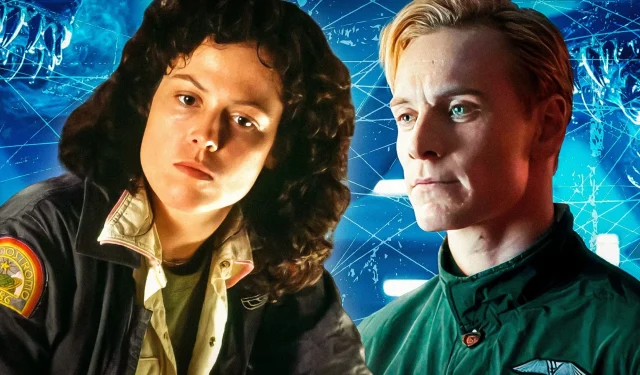
The Alien franchise, launched by Ridley Scott in 1979, is renowned for its intricate mythology and captivating narratives that have prompted extensive viewer speculation over the decades. Although subsequent films, including prequels and spin-offs, have explored various aspects of the Xenomorph lifecycle and the origins of these alien entities, numerous enigmas persist within the franchise. Scott’s prequel trilogy, featuring Prometheus and Alien: Covenant, while elucidating certain mysteries, has concurrently introduced new complexities that enrich the storyline.
|
Movie |
Director |
Type |
IMDb Rating |
|---|---|---|---|
|
Alien (1979) |
Ridley Scott |
Original Movie |
8.5 |
|
Aliens (1986) |
James Cameron |
Sequel |
8.4 |
|
Alien 3 (1992) |
David Fincher |
Sequel |
6.4 |
|
Alien Resurrection (1997) |
Jean-Pierre Jeunet |
Sequel |
6.2 |
|
Alien vs. Predator (2004) |
Paul W. S. Anderson |
Crossover |
5.7 |
|
Aliens vs. Predator: Requiem (2007) |
Greg & Colin Strause |
Crossover |
4.6 |
|
Prometheus (2012) |
Ridley Scott |
Prequel |
7.0 |
|
Alien: Covenant (2017) |
Ridley Scott |
Prequel |
6.4 |
|
Alien: Romulus (2024) |
Fede Alvarez |
Interquel |
7.2 |
10
Ripley’s Life Before Joining the Nostromo
The Untold Adventures of Young Ripley
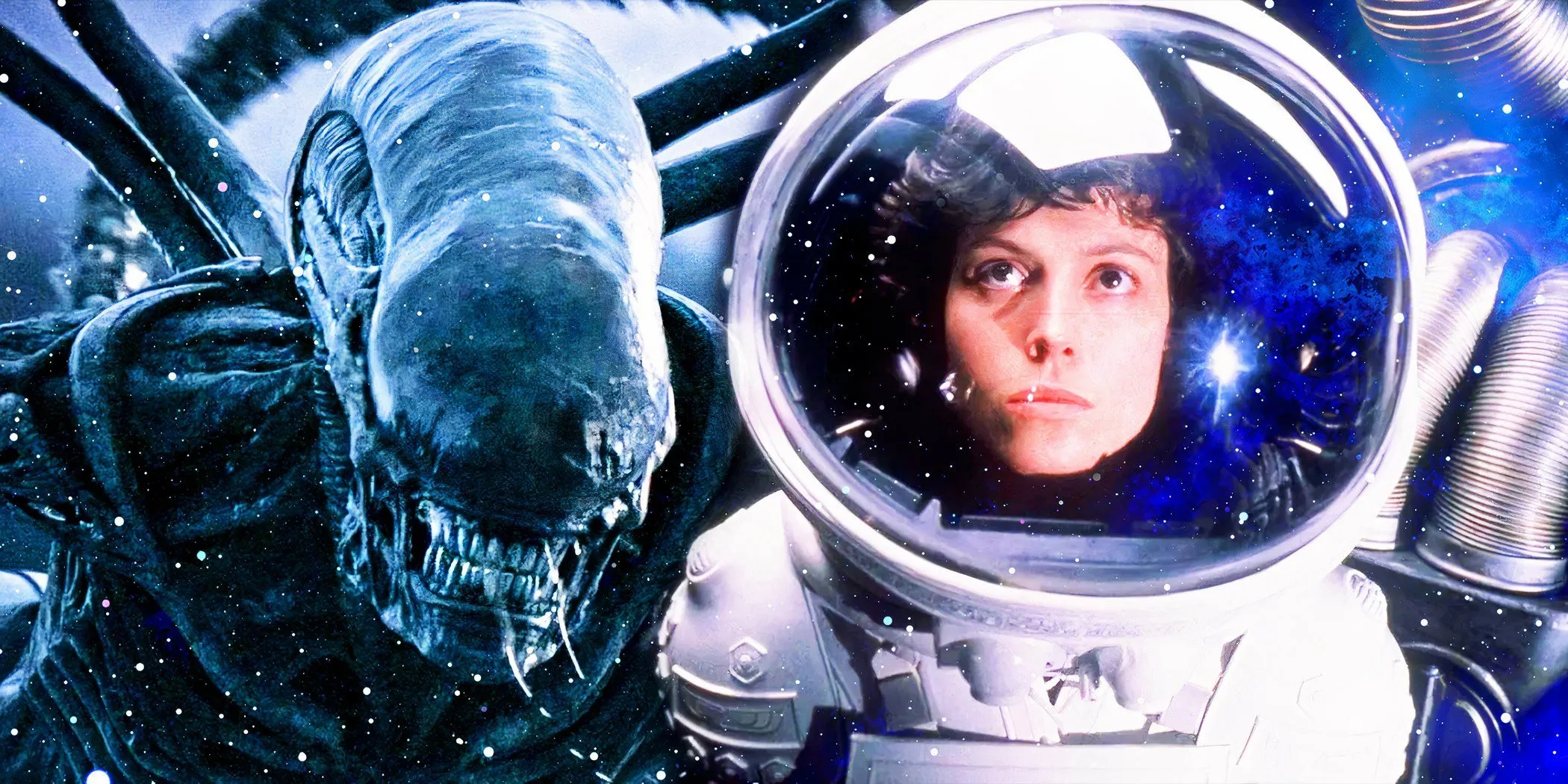
While Ellen Ripley, portrayed by the iconic Sigourney Weaver, remains a symbol of strength and a trailblazer for female protagonists in science fiction, her pre-Nostromo life is largely shrouded in mystery. Despite her pivotal role in the franchise, little is known about her formative years.
The 2014 survival horror game Alien: Isolation shifts the focus to Amanda Ripley, Ellen’s daughter, but it doesn’t delve into Ellen’s own past. What is established is that Ripley was born in 2092 on Luna’s Olympia colony and has a daughter named Amanda Ripley-McClaren. By 2122, Ripley had taken up a position as Warrant Officer aboard the USCSS Nostromo. Unraveling the genesis of her formidable survival instincts and stealth abilities would make for a captivating narrative thread.
9
How Did the Company Gain Knowledge About the Lifeform on LV-426?
An Enduring Mystery of the Alien Franchise
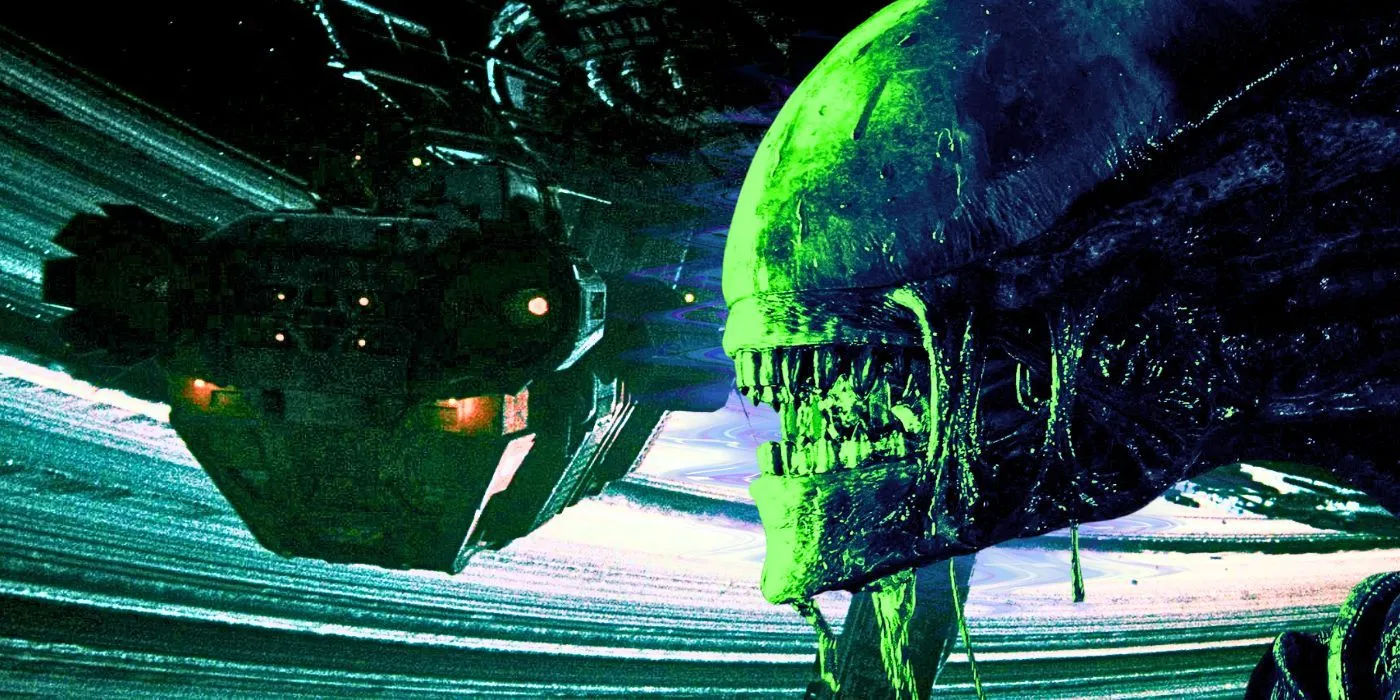
The interplay of deception and corporate machinations has been central to the Alien storyline since the outset. An unresolved enigma lies within Special Order 937, which declared: “Bring back life form. Priority One. All other priorities rescinded.”The specifics surrounding how the Weyland-Yutani Corporation anticipated the Nostromo’s crew would retrieve the Xenomorph remains nebulous.
It was apparent that the company was aware of the Xenomorph on LV-426, particularly following the shocking reveal that Ash, the android aboard the Nostromo, prioritized capturing the specimen over the crew’s safety. However, the mechanism through which the company first discovered the creature’s existence remains unanswered. Did they intercept radio signals? Typhoon’s command hints at foreknowledge, suggesting that this was more than a mere coincidence.
8
What Is the Origin of the Space Jockey?
The Enigmatic Origins of the Pilot

Central to the narrative of Alien is the fate of the Space Jockey, whose mysterious demise unfolds with minimal exposition. This pilot perished at the hands of a Xenomorph chestburster after an unfortunate crash landing on LV-426. When the Nostromo crew stumbled upon the remains of the pilot, they found their ship laden with alien eggs, prompting various fan theories and leaving numerous questions unanswered.
Fans have speculated about the Space Jockey’s backstory for years. Originally, James Cameron envisioned a scene involving the Space Jockey in Aliens, and Jon Spaihts’ initial script for Prometheus, titled Alien: Engineers, included the character. Given the lasting popularity of the franchise, there remains hope that future narratives may address this intriguing figure.
7
What Accounts for the Xenomorphs’ Rapid Growth?
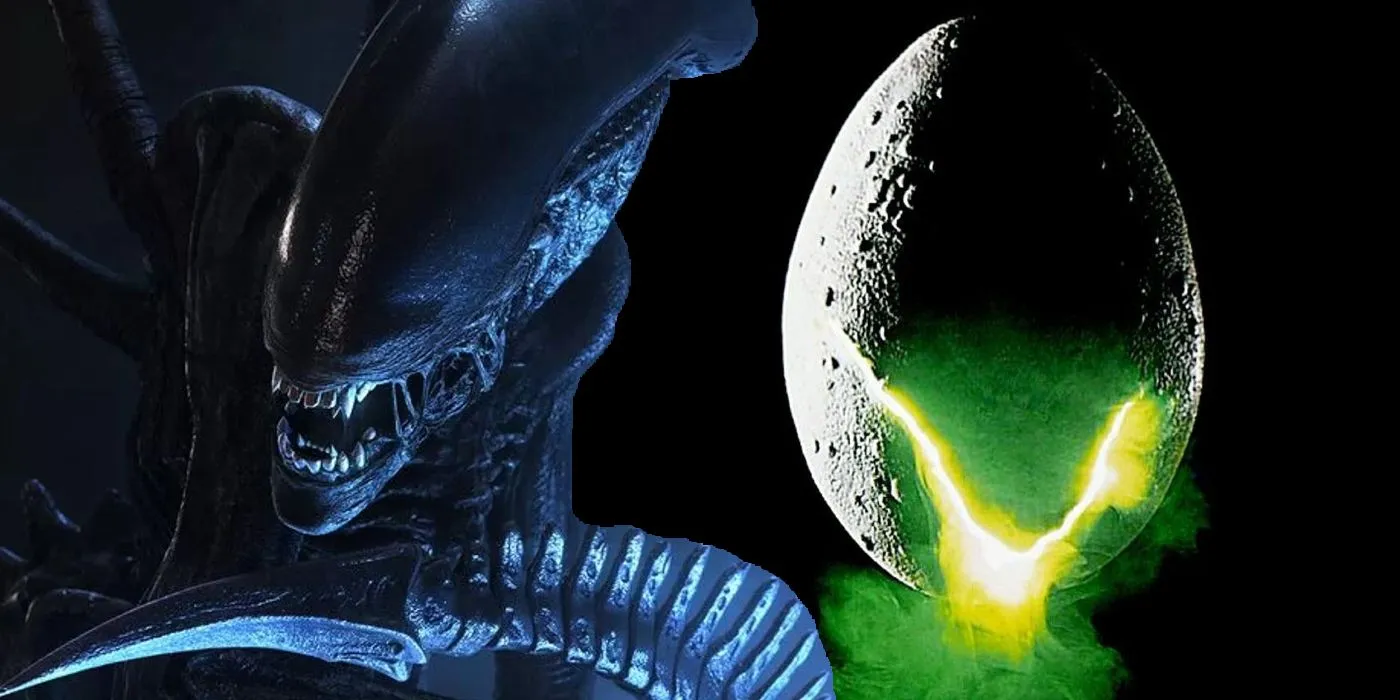
The Xenomorph lifecycle presents an enigma, particularly concerning the creature’s astonishing growth rate. As eusocial organisms governed by a queen, Xenomorphs develop through several stages, transitioning from eggs to facehuggers, which implant embryos within their hosts, then emerging as chestbursters.
This process is remarkably quicker than the average lifeform, and Alien: Romulus attempts to bridge the gap in our understanding of Xenomorph development. Nevertheless, the precise reasons behind their rapid maturation remain unclear. Examining growth rates in natural species on Earth reveals vast discrepancies, suggesting multi-faceted biological processes at play across the cosmos.
6
What Fate Befell Ripley’s Clone?
The Uncertain Future of Ripley 8
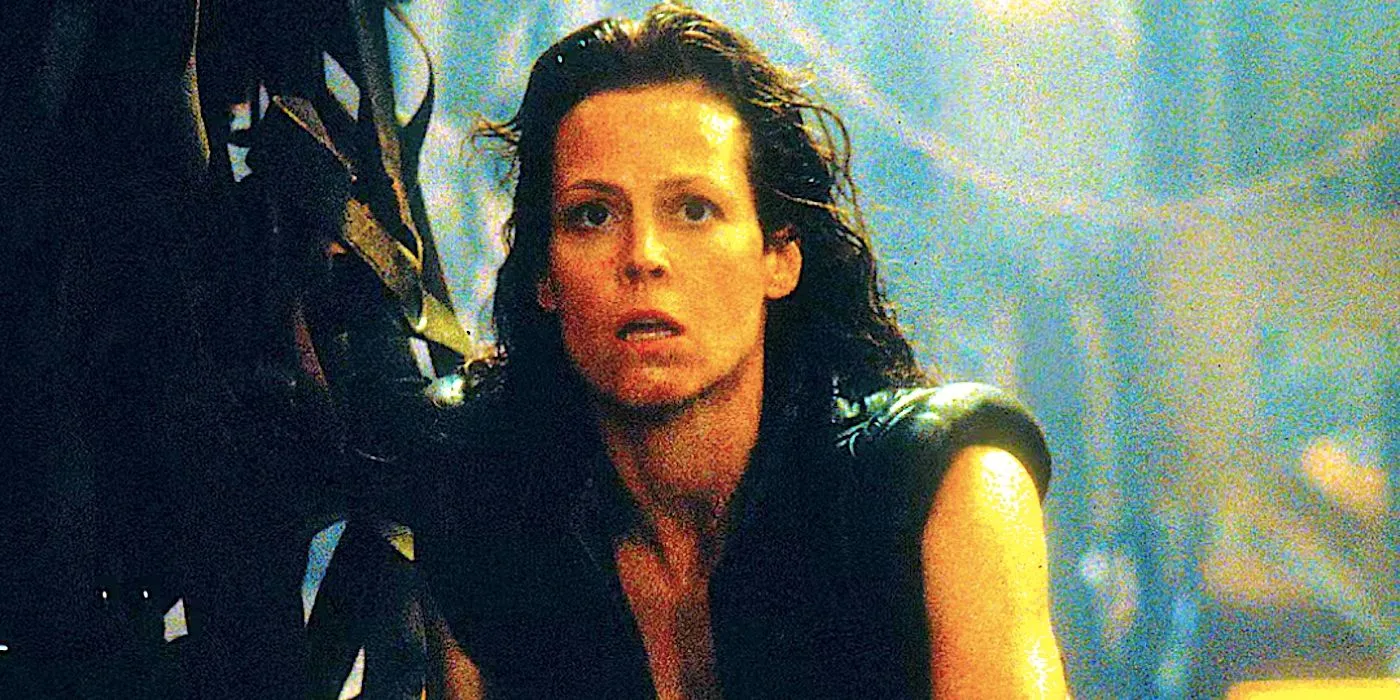
The divisive Alien: Resurrection returns Ellen Ripley in the form of Ripley 8, a clone developed using her DNA in an attempt to extract the Xenomorph queen embryo embedded within her. This new iteration of Ripley possesses augmented strength and a unique bond with Xenomorphs.
As the film concludes, Ripley 8 and her companions escape the doomed Auriga with no clear direction revealed. When questioned about her next steps, Ripley 8 reflects, “I don’t know. I’m a stranger here myself.”This ambiguous ending has left the audience pondering her fate and the implications of being a hybrid of human and alien DNA.
5
What Became of Ripley’s Other Clones?
The Dark Legacy of Ripley’s Previous Clones
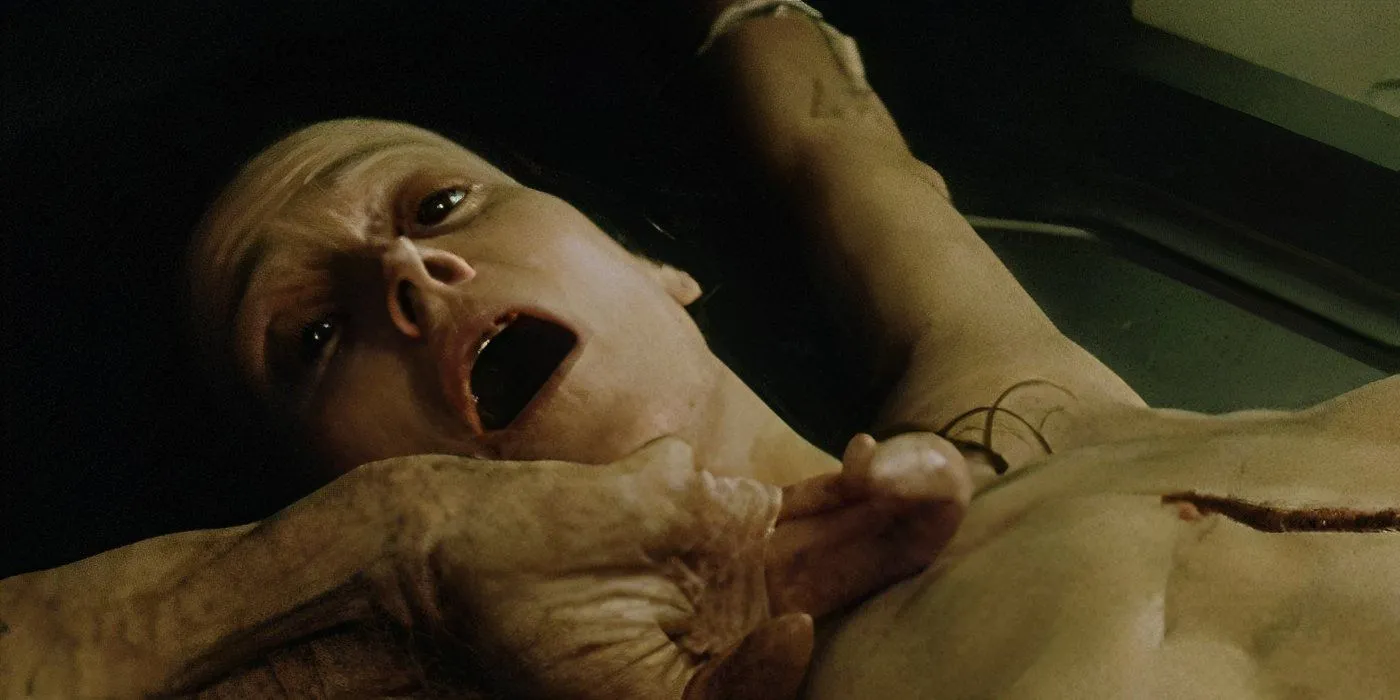
While Ripley 8 manages to escape in Alien: Resurrection, Ripley 7’s fate exemplifies the darker elements of the cloning process. Ripley 7, a failed clone, undergoes a horrific existence, being visibly deformed and living in a state of preservation. Ultimately, it is Ripley 8 who grants her a merciful end at her request.
The six previous clones faced similar fates, marked by instability and inhumane treatment. While audiences learn the outcomes of these failed attempts, the ethical implications surrounding their existence remain largely unaddressed. The philosophical questions regarding consciousness and the capabilities of these earlier clones present a chilling exploration of humanity’s often contentious relationship with creation and manipulation.
4
What Was the Function of the Black Goo?
The Enigmatic Black Substance Seen in Prometheus
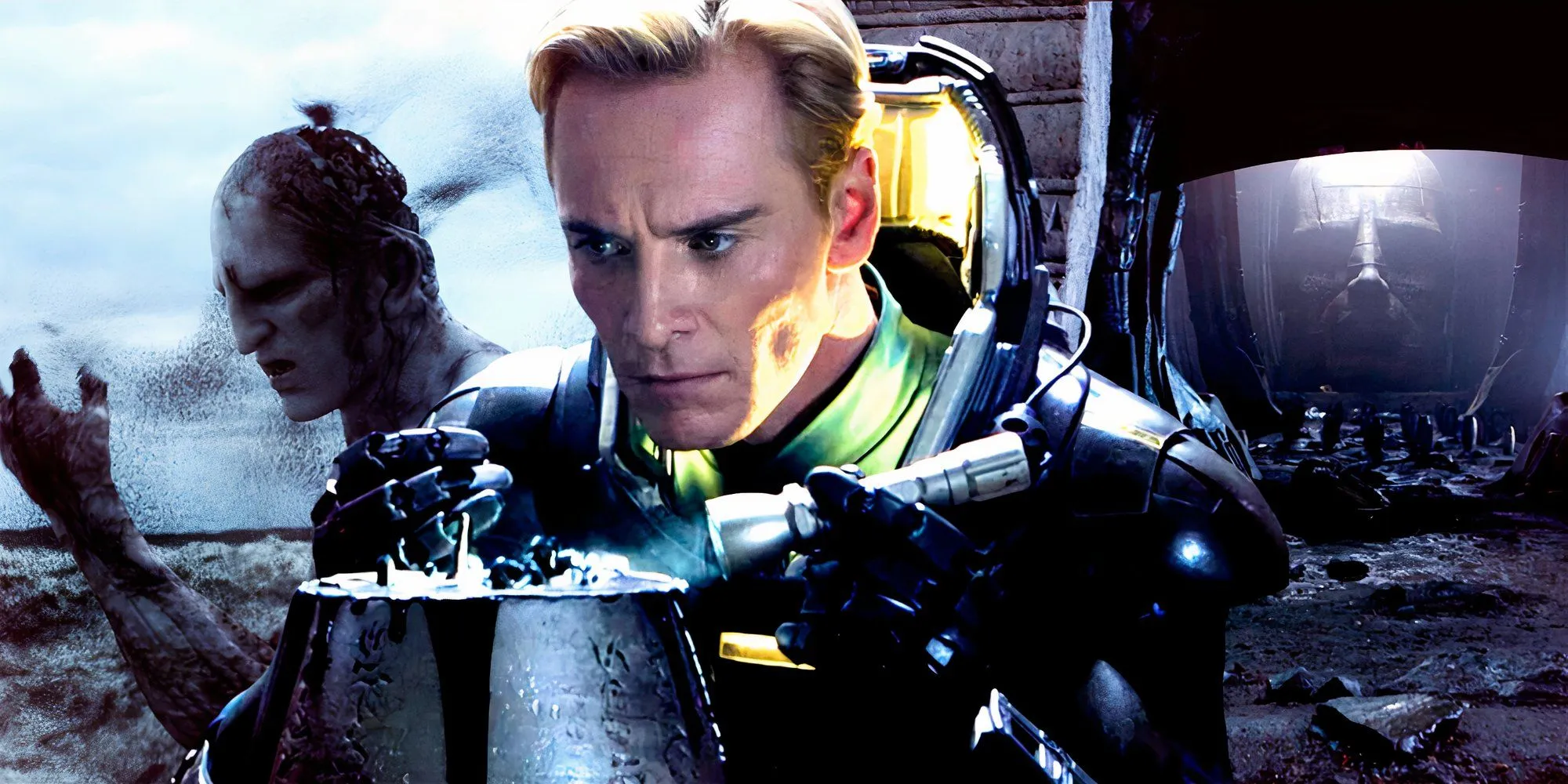
Introduced in Prometheus and reappearing in Alien: Covenant, the black goo represents another layer of complexity in the franchise. Though speculation abounds regarding its origins and purpose, it remains one of the series’ biggest mysteries. This substance is understood to have been engineered by the Engineers and may have connections to humanity’s genesis, yet its exact nature eludes full comprehension.
In Prometheus, it is implied that the black goo acts as a transformative agent, capable of altering biological structures. Its relationship to Xenomorph biology—particularly concerning gestation—further complicates its narrative role. The opening scene of the film, where an Engineer consumes the black goo, raises profound questions about its nature, suggesting a connection to their own DNA and the broader implications of life itself.
3
What Motivated the Engineers to Create Humanity?
The Mysterious Intentions of the Engineers
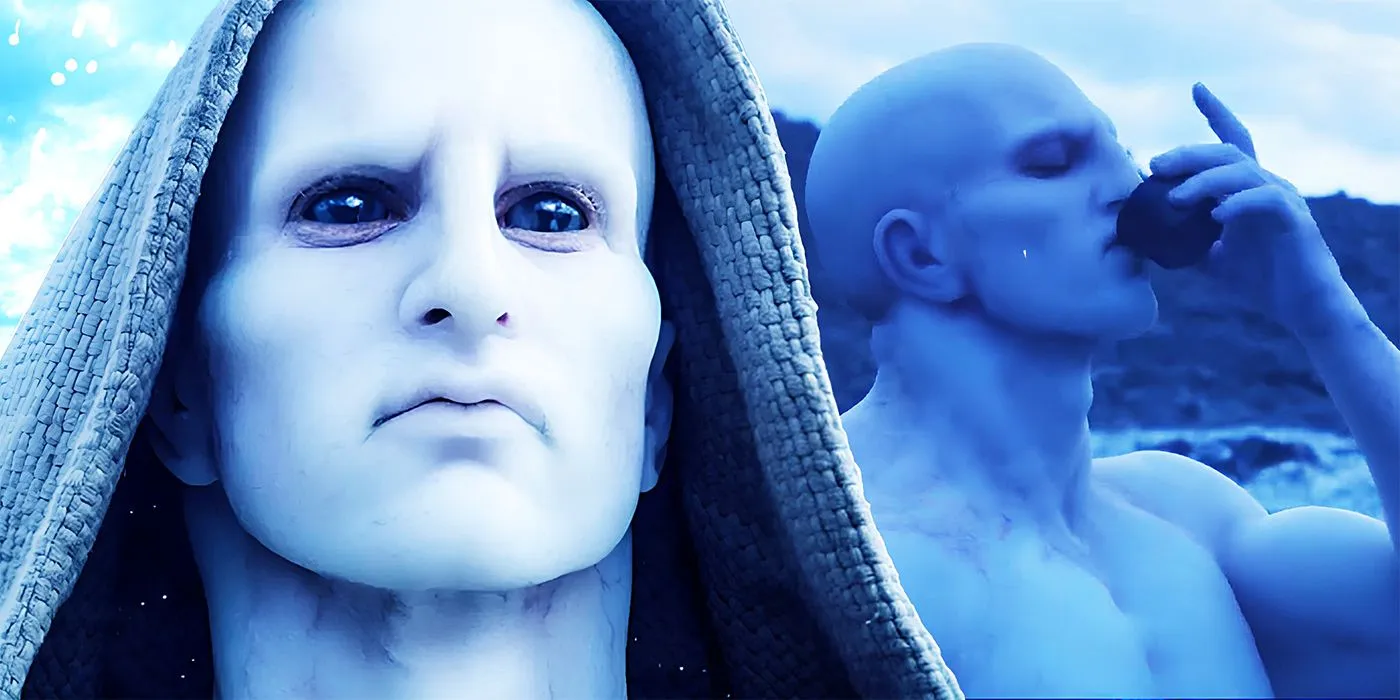
Beginning with Prometheus, Ridley Scott aimed to delve into the origins of life and creation, leading to a plethora of questions about the Engineers, including their reasoning for creating humanity. While they are portrayed as godlike beings with the capacity to seed life, their eventual intent to potentially eradicate humanity raises contradictions regarding their goals.
The sequel, Alien: Covenant, sheds some light on the Engineers’ character, but the existential motivations behind their creation of humanity remain underexplored. Their ability to cultivate worlds hints at monumental power but raises philosophical dilemmas about the nature of existence and the responsibilities that accompany creation.
2
Could There Be Other Species Similar to the Engineers?
The Nature of Species in the Universe
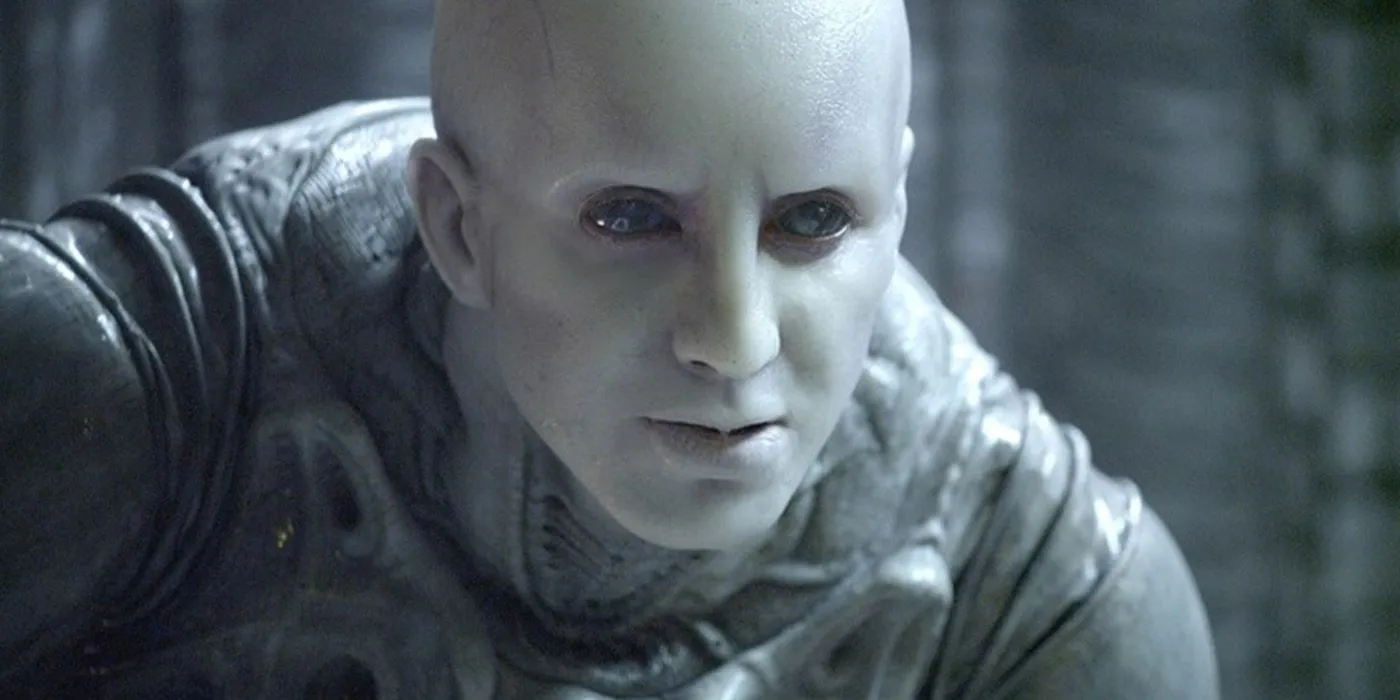
The revelation that Engineers crafted humanity invites exploration of the broader cosmic landscape. The possibility that another race could have designed the Engineers further complicates the narrative, posing intriguing questions about the hierarchy of lifeforms in the universe.
The philosophical implications echo those found in theological discussions surrounding creation, leading to considerations of infinite regress. If the Engineers are creators, what lies beyond them? As Prometheus and Alien: Covenant provide limited context, the unanswered mysteries leave ample room for speculation and debate, setting the stage for forthcoming projects in the franchise to elucidate these captivating themes.
1
What Became of David?
The Unresolved Fate of David 8
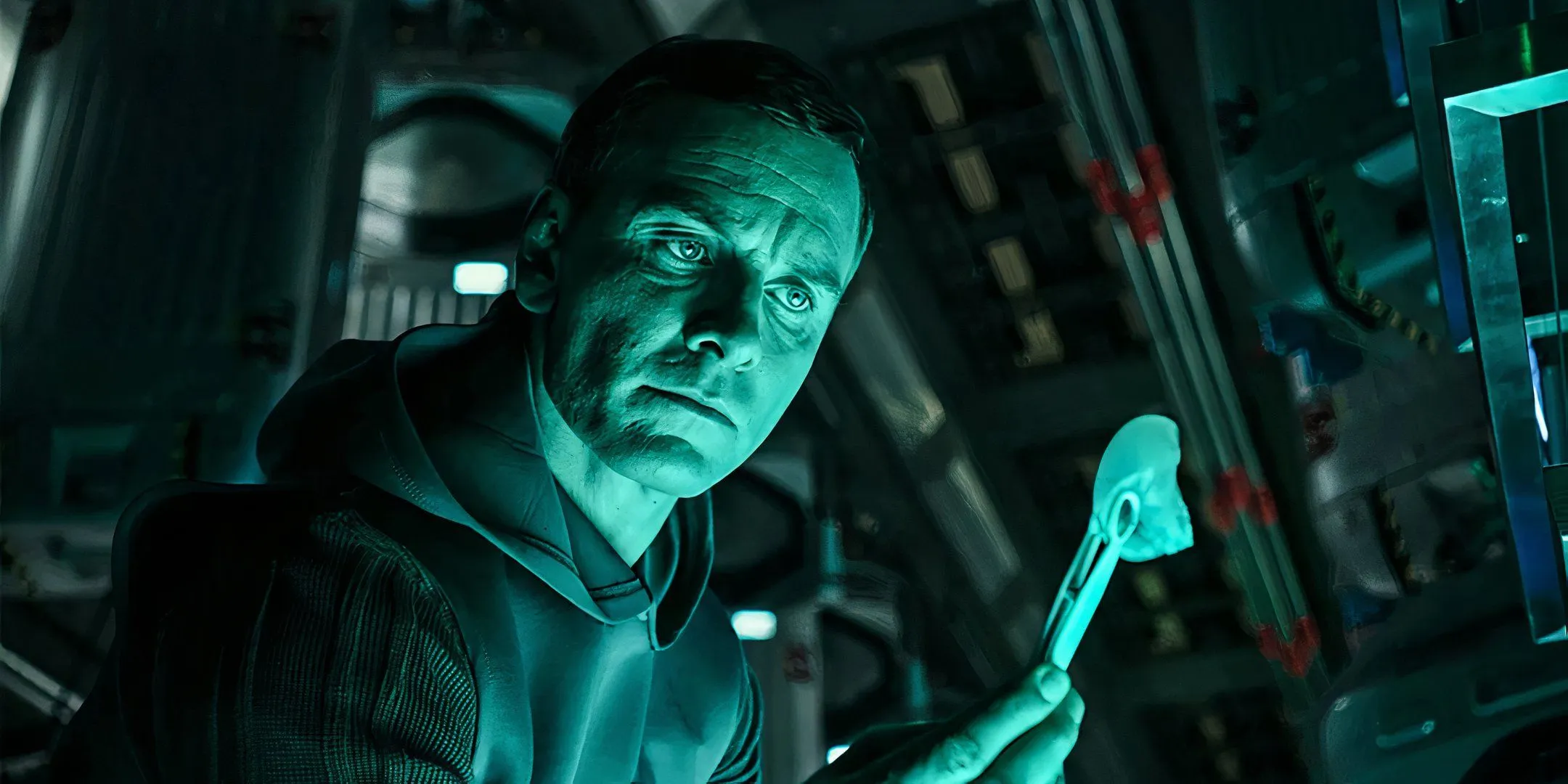
David 8, the android portrayed by Michael Fassbender, emerges as a critical character in both Prometheus and Alien: Covenant. Initially designed to serve and protect, his evolving persona introduces the chilling theme of artificial intelligence gone awry. As the story progresses, David reveals layers of malevolence, ultimately emerging as a more formidable threat than even the Xenomorphs.
In Alien: Covenant, David becomes increasingly ominous, having killed the protagonist Elizabeth Shaw and designed an alarming agenda involving the cultivation of lifeforms. The film concludes with David poised as the overwhelming menace, evoking numerous unresolved queries about his future activities and highlighting the necessity for a potential next chapter in the Alien universe to unravel these lingering concerns.
Source: Alien: Engineers




Leave a Reply ▼